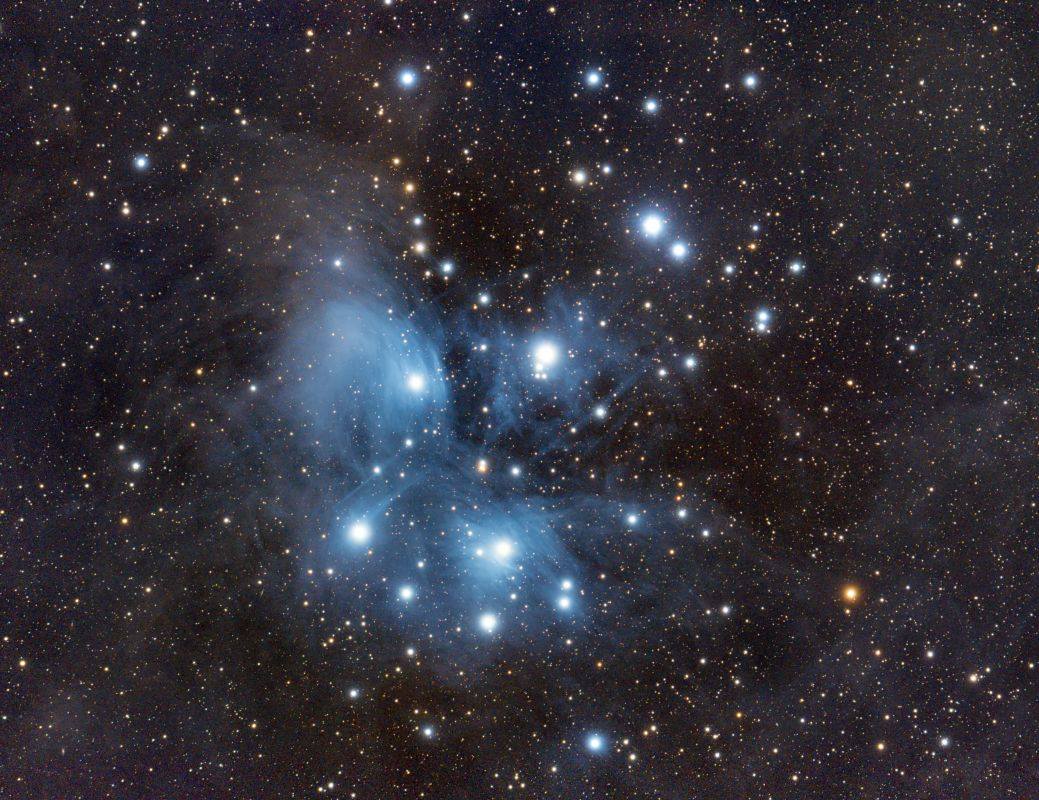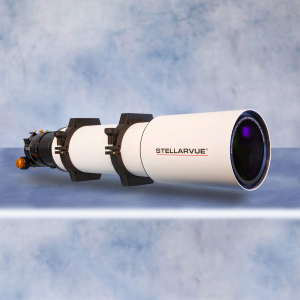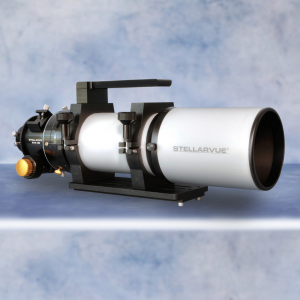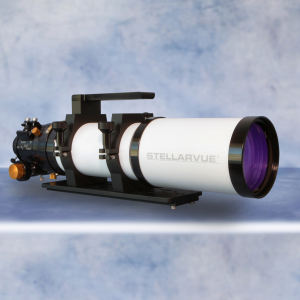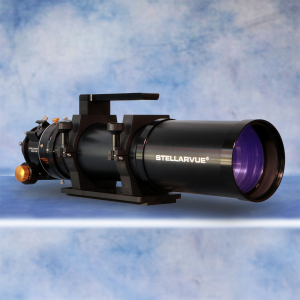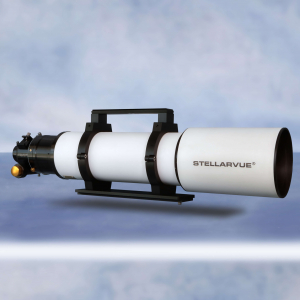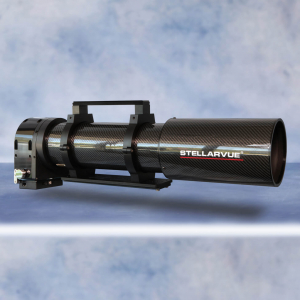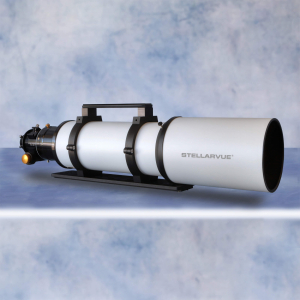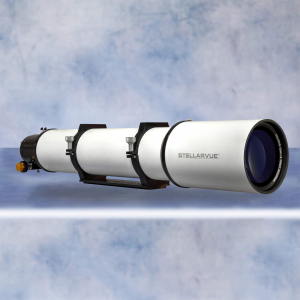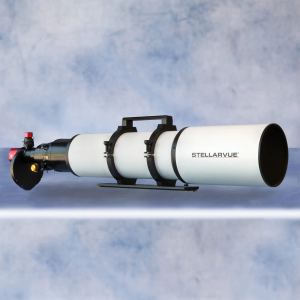"The Pleiades" (Messier 45) - by Dale Hollenbaugh (May 28, 2021)
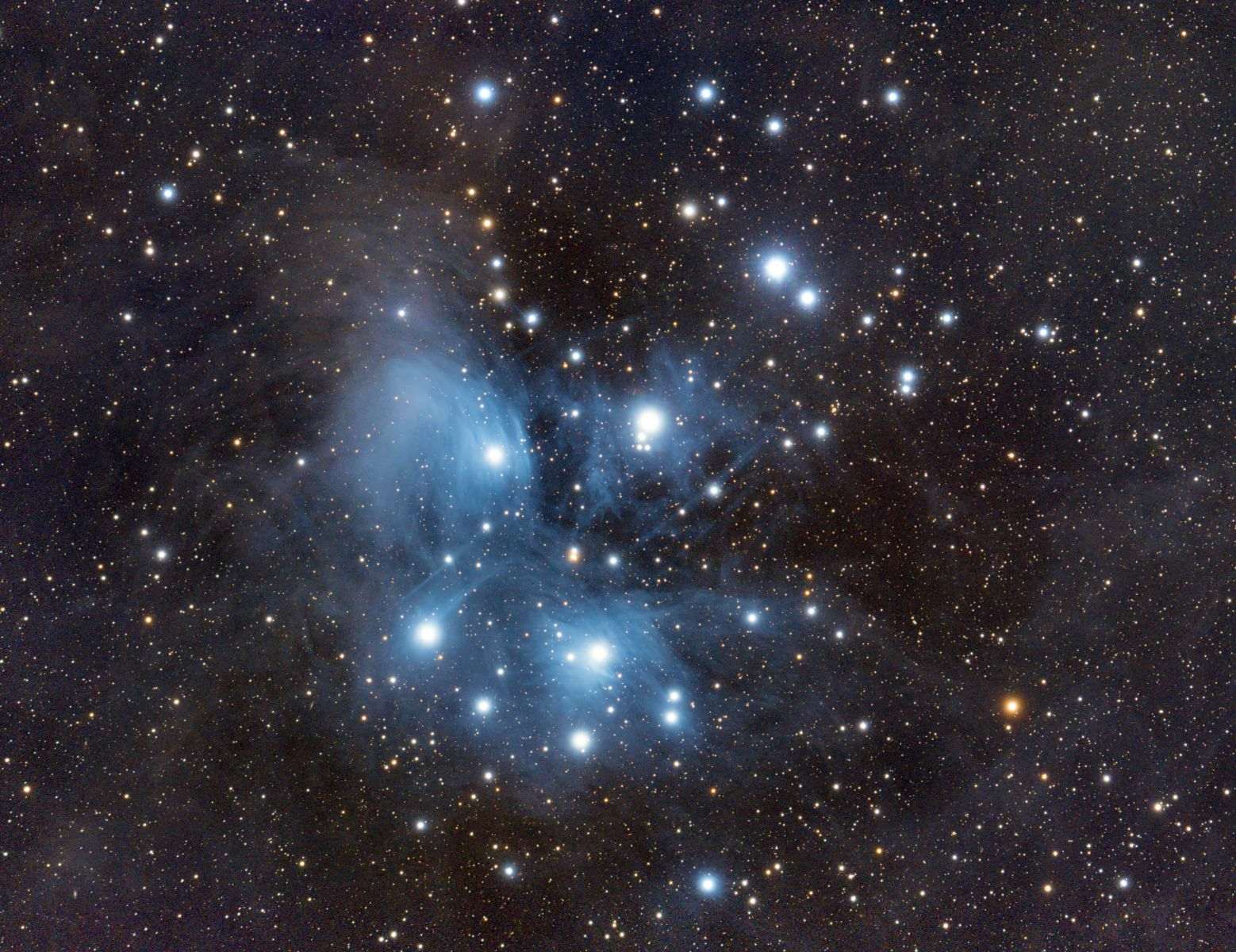

Stellar Shot of the Week: May 28, 2021
The Pleiades (Messier 45) - by Dale Hollenbaugh
Congratulations to this week's StellarShot recipient, Dale Hollenbaugh. Dale captured this amazing image of Messier 45, and was kind enough to write a description all about his shot and equipment. Please enjoy this fantastic image, and make sure to submit your own images to us directly by email too, or by tagging them with #stellarvue and #stellarshot
"The Pleiades - also known as the Seven Sisters, cataloged as Messier 45 or M45, is a very bright open star cluster in the constellation Taurus. It is one of the closest star clusters and is also the nearest Messier object to Earth, at 444 light-years away. It is the cluster most obvious to the naked eye in the night sky. The nine brightest stars of the Pleiades are named for the Seven Sisters of Greek mythology: Sterope, Merope, Electra, Maia, Taygeta, Celaeno, and Alcyone, along with their parents Atlas and Pleione. The Pleiades are also surrounded by a nebulosity of interstellar dust and gas. This material would ordinarily be invisible to us, but it is illuminated by the stars in what’s known as a reflection nebula. The nebula is bluish-white, caused by a light scattering effect not unlike the one that colors Earth’s sky blue. Its wavy, diffused appearance comes in part from interactions between the nebula and the stars’ magnetic fields. I've imaged this object before, but this is the best quality that I've gotten to date. As spring gets closer, this target sets farther in the west each evening and into the trees for me, so I could only see it for about two hours each night, so imaged for three nights to get five hours of usable frames. I integrated 30 ten-minute exposures to expose the dust lanes that surround and reflect the light of the star cluster."
Full resolution and acquisition details on Dale's AstroBin page:
https://www.astrobin.com/bnvv48/
Technical details of this image are as follows:
- Imaging telescope: Stellarvue SVX080T-3SV
- Imaging camera: ZWO ASI2600MC Pro
- Mount: Celestron CGX-L
- Guiding telescope: ZWO Off Axis Guider
- Guiding camera: ZWO ASI174MM Mini
- Focal reducer: Stellarvue SFFX-1 Field Flattener
- Software: Aries Productions Astro Pixel Processor (APP) Adobe Phosotshop CC 2020 PixInsight
- Filters: Optolong Clear Focusing 2"
- Accessories: ZWO EAF Electronic Auto Focuser ZWO M42 Filter Drawer ZWO ASIair Pro
- Dates: March 6, 2021
- Frames: Optolong Clear Focusing 2": 30x600" (gain: 100.00) -20C bin 1x1
- Integration: 5.0 hours
- Darks: ~60
- Flats: ~60
- Bias: ~60
- Avg. Moon age: 22.60 days
- Avg. Moon phase: 45.18%
- Bortle Dark-Sky Scale: 5.00
